Product details
- Publisher : Technics Publications; First edition (May 1, 2019)
- Language : English
- Paperback : 301 pages
- ISBN-10 : 1634624890
-
ISBN-13 : 978-1634624893
کتاب The Elephant in the Fridge: Guided Steps to Data Vault Success through Building Business-Centered Models First Edition
You want the rigor of good data architecture at the speed of agile? Then this is the missing link - your step-by-step guide to Data Vault success.
Success with a Data Vault starts with the business and ends with the business. Sure, there's some technical stuff in the middle, and it is absolutely essential - but it's not sufficient on its own. This book will help you shape the business perspective, and weave it into the more technical aspects of Data Vault modeling.
You can read the foundational books and go on courses, but one massive risk still remains. Dan Linstedt, the founder of the Data Vault, very clearly directs those building a Data Vault to base its design on an "enterprise ontology". And Hans Hultgren similarly stresses the importance of the business concepts model. So it's important. We get that. But:
What on earth is an enterprise ontology/business concept model, 'cause I won't know if I've got one if I don't know what I'm looking for?
If I can't find one, how do I get my hands on such a thing?
Even if I have one of these wonderful things, how do I apply it to get the sort of Data Vault that's recommended?
It's actually not as hard as some would fear to answer all of these questions, and it's certainly worth the effort. This book just might save you a world of pain. It's a supplement to other material on Data Vault modeling, but it's the vital missing link to finding simplicity for Data Vault success.
"Data Warehousing in the context of large healthcare organizations is notoriously difficult - largely in part due to challenges around Health Information Modeling. The Elephant in the Fridge provides clear and rational perspectives that have allowed my team to breakthrough some of our circular debates and 'too hard basket' challenges. Success in this space will require technical and health professionals to co-design solutions around a shared information model. This book is written in a way that they can both consume."
Benson Choy, Enterprise Information Architect, eHealth Queensland.
"John has a wonderful way of explaining complicated topics in an uncomplicated way. If you've heard about taxonomies and are wondering how to apply these to your Data Warehouse, then this is the book for you. Data modelling is about the business, and John explains how this can be achieved by using proven business templates which help to quickly and efficiently define a solid data model. Don't re-invent the wheel, but start with the model patterns that are already available! This is a highly relevant book, because it helps to match the information delivery to business expectations - by correctly applying taxonomies and (business) model archetypes in a clear and simple way."
Roelant Vos, General Manager - Enterprise Data Management
"It has been a delight and privilege working with John on a Data Vault project. I have enjoyed his practical and pragmatic approach and readiness to share his wealth of knowledge. This is an excellent book written based on real life experience. It provides valuable and timely insights into Data Vault modeling and delivery, and can be easily understood by those who are new to the Data Vault. The book contains practical advice and sample patterns to help people get started on a Data Vault project and avoid costly mistakes."
Natalia Bulashenko, Information Solution Architect
"This book covers off one of the key aspects of Data Vault - the Modelling. Far too many DV practitioners come from a technical database background and lack the fundamental Data Modelling skills necessary to identify the "Key Business Concepts" that are core to successful DV projects. "
Peter Dudley, Consultant, Interactive Innovations


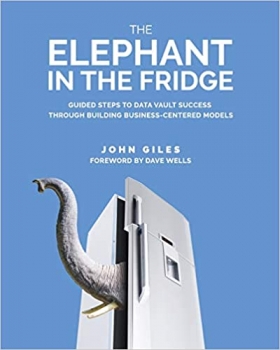


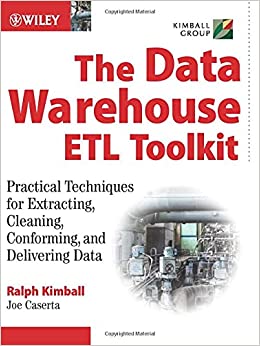
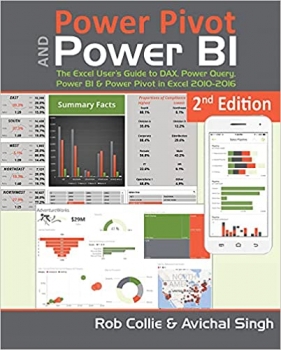
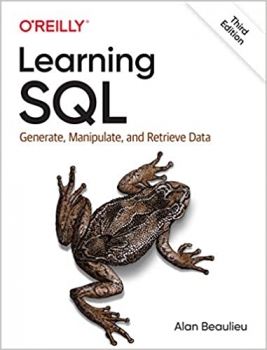

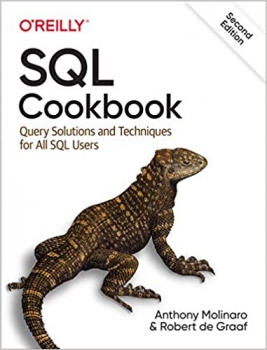
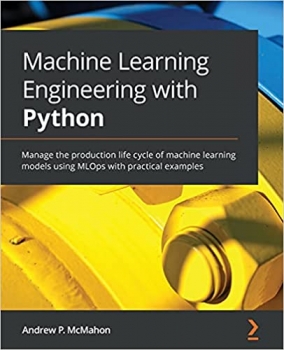





















ارسال نظر درباره کتاب The Elephant in the Fridge: Guided Steps to Data Vault Success through Building Business-Centered Models First Edition